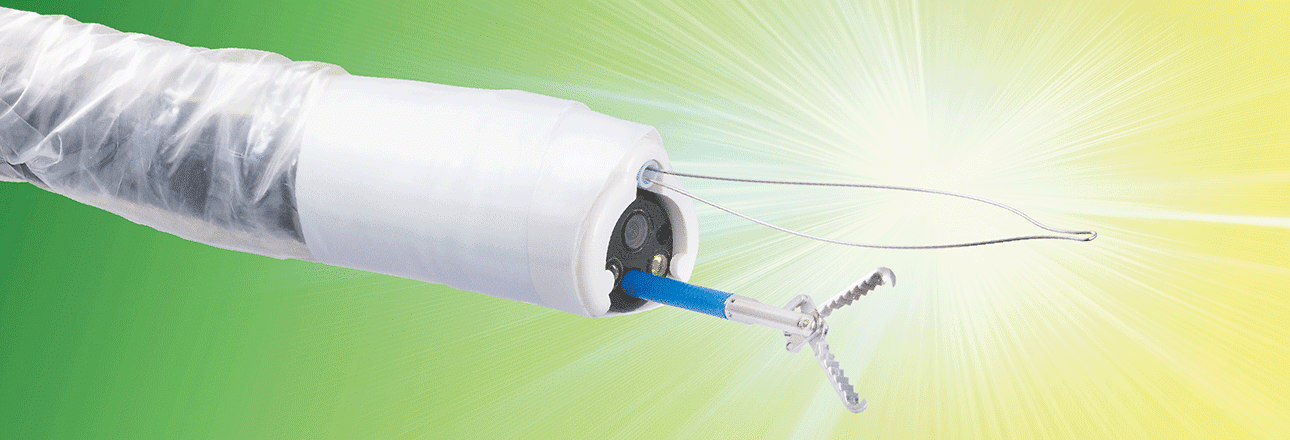In lesions of 3 cm, EMR+ reaches its best discriminatory power: R0 resection rate of 86.36 % was achieved compared to R0 resection rate of 18.18 % with conventional EMR
On April 4-6, 2019, ESGE Days (European Society of Gastrointestinal Endoscopy) took place in Prague, Czech Republic. At the conference, Knoop RF et al., University Medicine Goettingen, presented a prospective trial systematically comparing EMR+ to the gold standard of classical EMR. Standardized lesions, measuring 1 cm, 2 cm, 3 cm or 4 cm were set in an ex-vivo animal model with pig stomachs placed into the EASIE-R simulator, a well-established endoscopic model.
Overall 152 procedures were performed. In lesions of 1 cm, both EMR and EMR+ were very reliable with a R0 resection rate of 100 %. In 2 cm lesions, EMR already dropped to 54.55 %. Classical EMR did not provide sufficient resection rates for lesions with 3 cm or even 4 cm (18.18 % and 0 %). EMR+ still presented very satisfying results in 3 cm lesions (86.36 %) but also relevantly decreased at 4 cm (60.00 %). From 3 cm on, EMR + was significantly faster than conventional EMR. A perforation rate of 15 % was observed in the 4- cm-group treated with EMR+.
The authors summarized that EMR+ enables a grasp-and-snare technique and consequently facilitates en-bloc resection of larger lesions compared to conventional EMR. In lesions > 2 cm, EMR+ outdoes its advantages, especially concerning the rate of R0 resections. At 3 cm, EMR+ reaches its best discriminatory power. At 4 cm, also EMR+ comes to its inherent limits and the risk of perforations rises. Then, ESD or surgery should be considered. The authors concluded that EMR+ could help to close a therapeutic gap in interventional endoscopy with manageable technical complexity, time and costs.
The use of an additional working channel (AWC) in endoscopic mucosal resection (EMR+) compared to conventional EMR
Knoop RF, Wedi E, Ellenrieder V, Neesse A, Kunsch S.
Endoscopy 2019; 51(04): S39-S40


 English
English  Français
Français 